
Why do so many baby animals have spots?
Youngsters often hunker down to hide from predators, and spots can provide excellent camouflage.
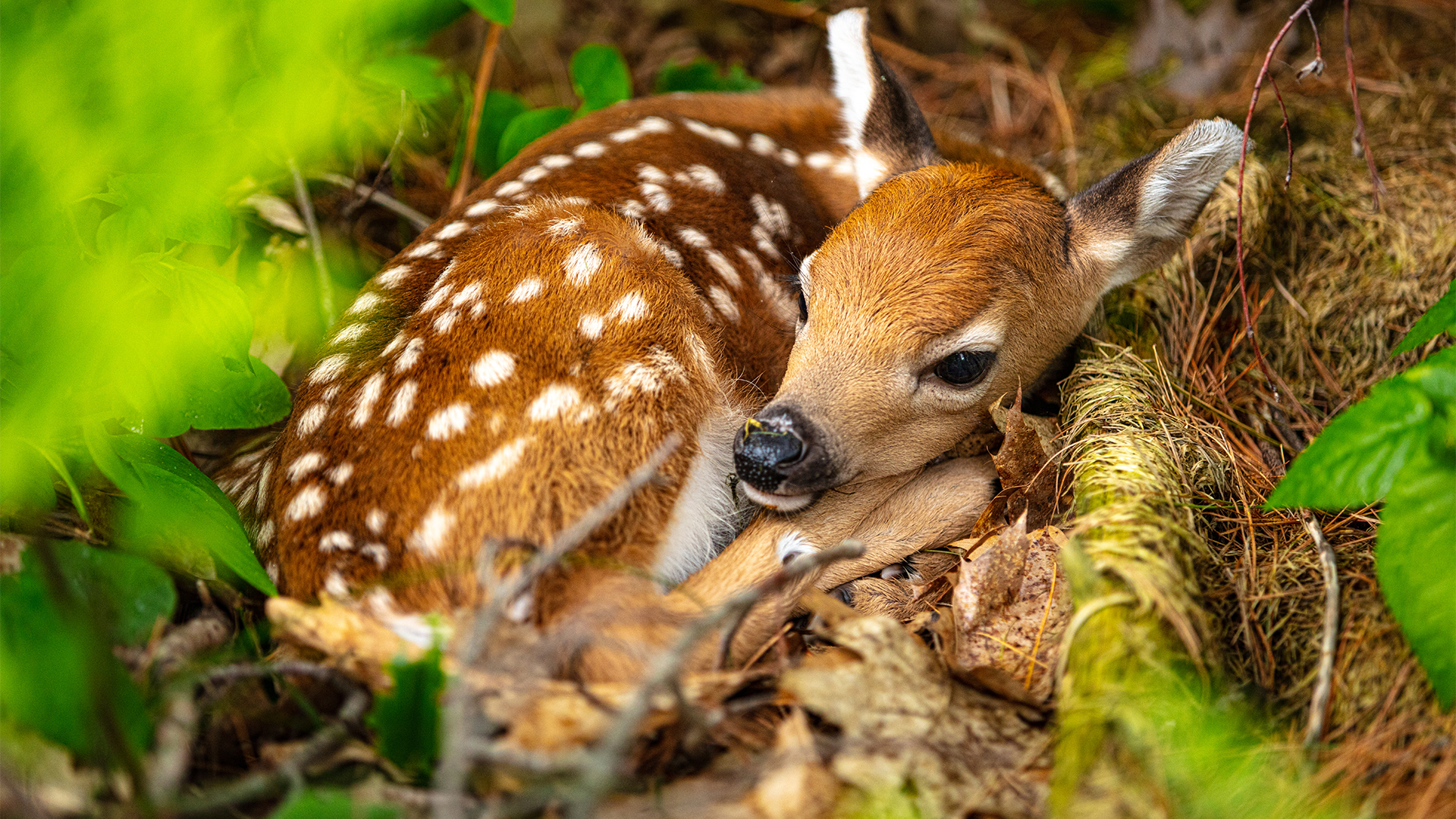
The animal kingdom is dotted with species that give birth to spotted young, from deer and cheetahs to birds and fish. Even species that we don't typically associate with spots, such as lions, wear the pattern as babies, only to lose it later in life.
But what purpose do these spots serve, and why do only some species seem to have them?
While no systematic study has traced the evolutionary origin of spotted baby animals, Kiyoko Gotanda, an evolutionary biologist at Brock University in Ontario, said it is likely so prevalent because it functions as excellent camouflage. Because spots are useful in keeping babies hidden from predators, they've evolved multiple times in a phenomenon known as convergent evolution, in which several lineages evolve similar features without sharing a common ancestor.
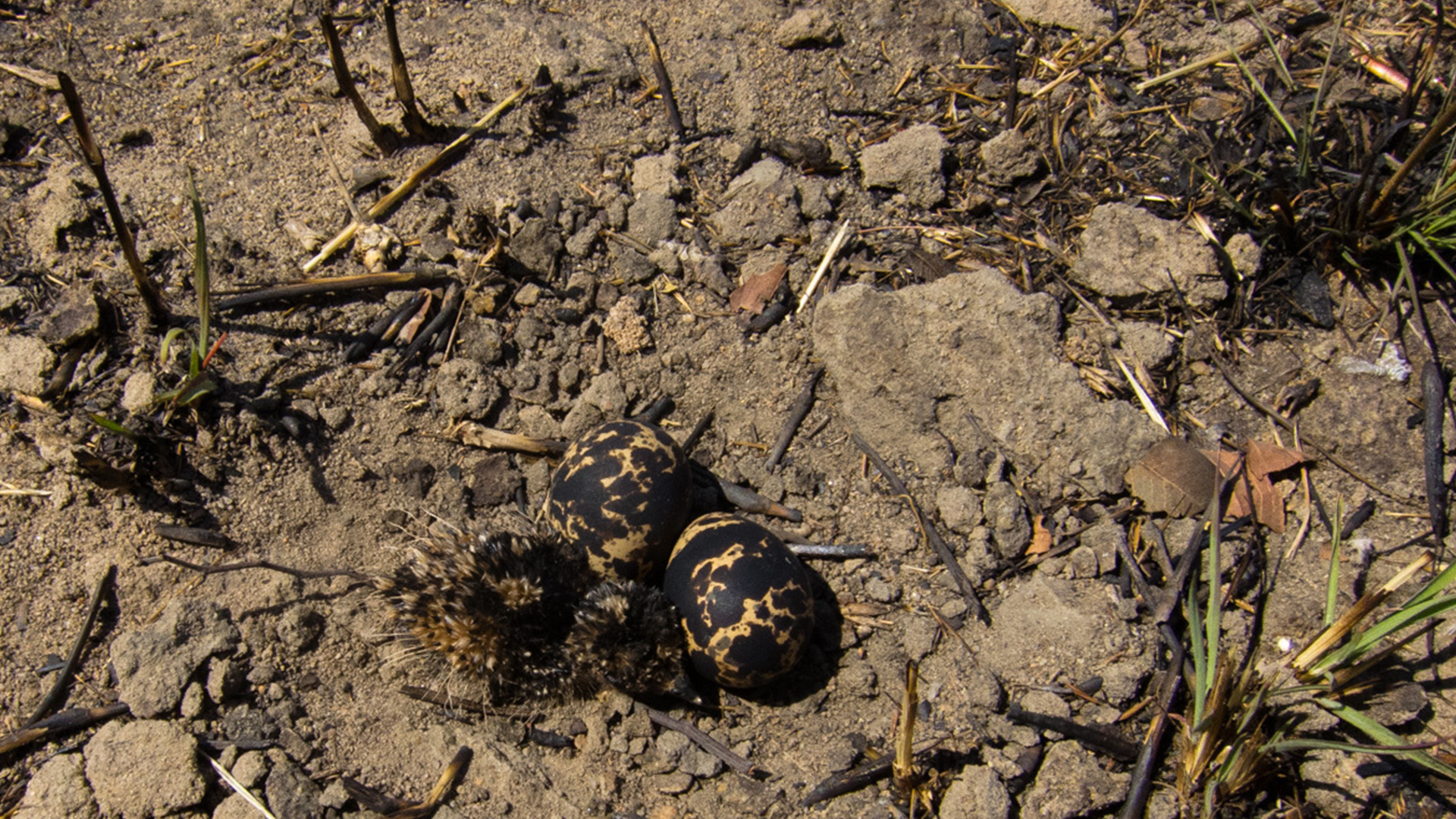
"Clearly, there's strong selection for protection of babies," Gotanda said. "If preventing them from being seen through spotting is one of the mechanisms, it's intuitive that it would have evolved in multiple taxa."
Spotted young tend to be more common in species that live in habitats with some three-dimensional structure,Gotanda noted, such as grasslands and forests, and less common in environments that are uniform or featureless, like open tundra or pack ice. Indeed, baby seals born on pack ice are pure white, and develop spots only when they leave the ice for rocky beaches. But in habitats with some cover, spots mimic the sunlight dappling through leaves or tall grass, helping an animal blend in with its background.
Related: Why do animals keep evolving into crabs?
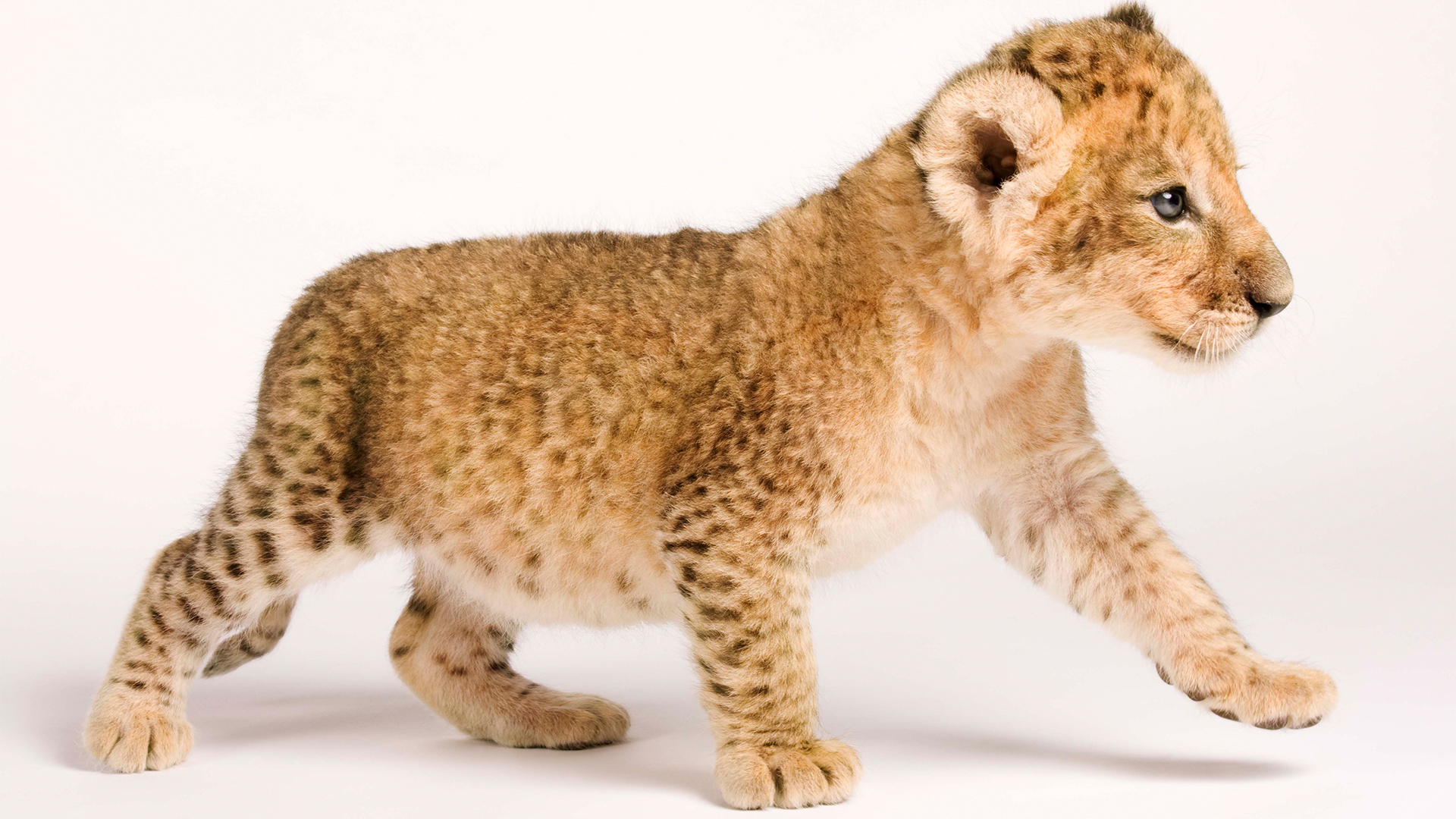
"It's not as overt a patterning as something like a stick insect that becomes something else entirely, and it doesn't break up their outline as completely as something like a zebra's stripes — but spots do create these three-dimensional cues that help some species blend in better,” said Sönke Johnsen, a sensory biologist at Duke University who studies camouflage.
Sign up for the Live Science daily newsletter now
Get the world’s most fascinating discoveries delivered straight to your inbox.
In other, rarer cases, spots actually help babies stand out. Young garibaldi — neon-orange marine fish found in kelp forests along the coast of California and Mexico — have bright-blue spots that advertise their lowly status to highly territorial males. As the fish grow and start to engage in the social pecking order, their spots fade.
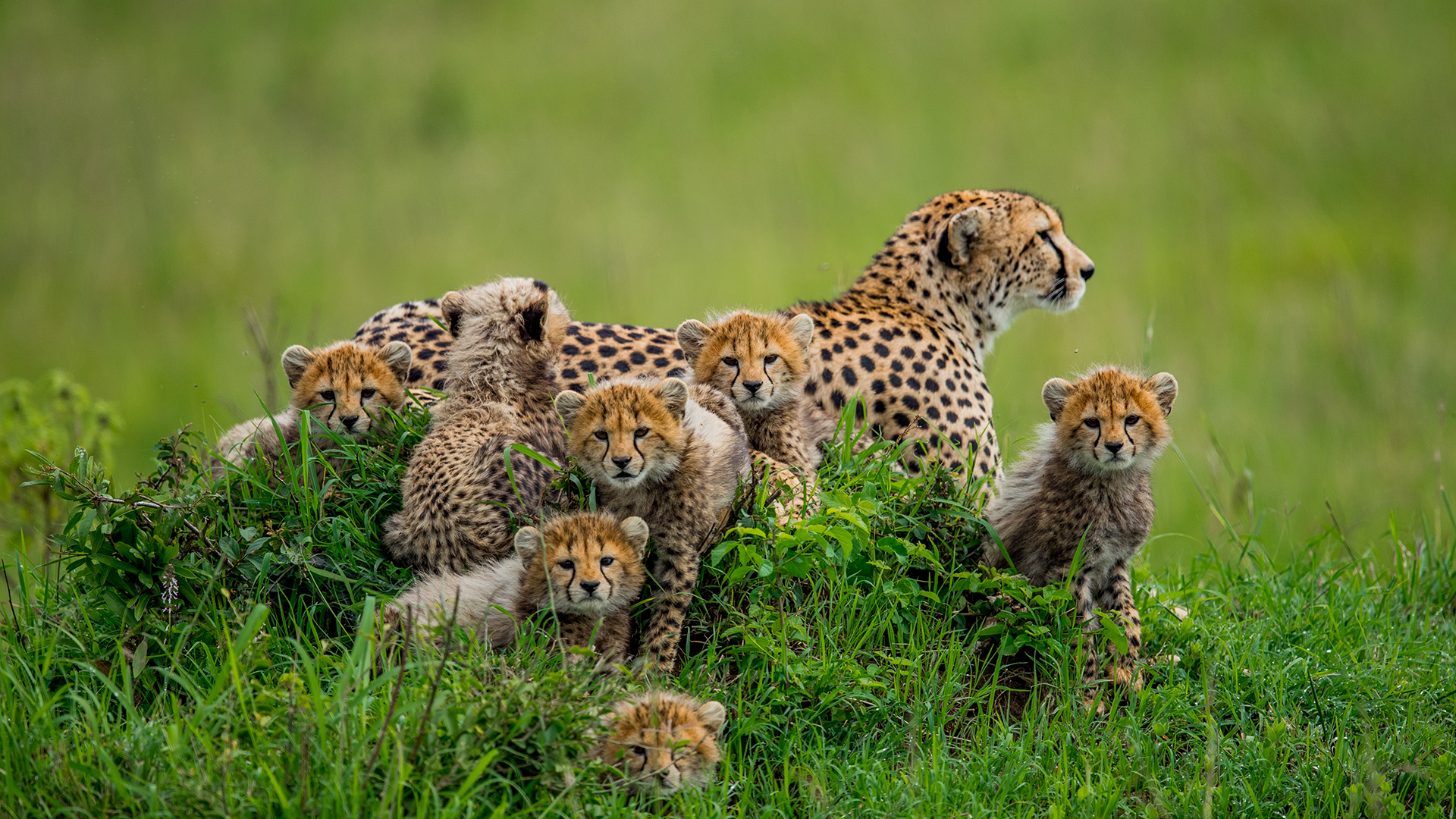
In fact, many species grow out of their spots, and the reasons why aren't entirely understood. According to Johnsen, patterning is typically considered more energetically costly to produce than a single, solid color. But spots don't take a lot of energy to grow and maintain because, at least in the case of white spots, they don't require any pigment. There must be other reasons to explain their loss, he said.
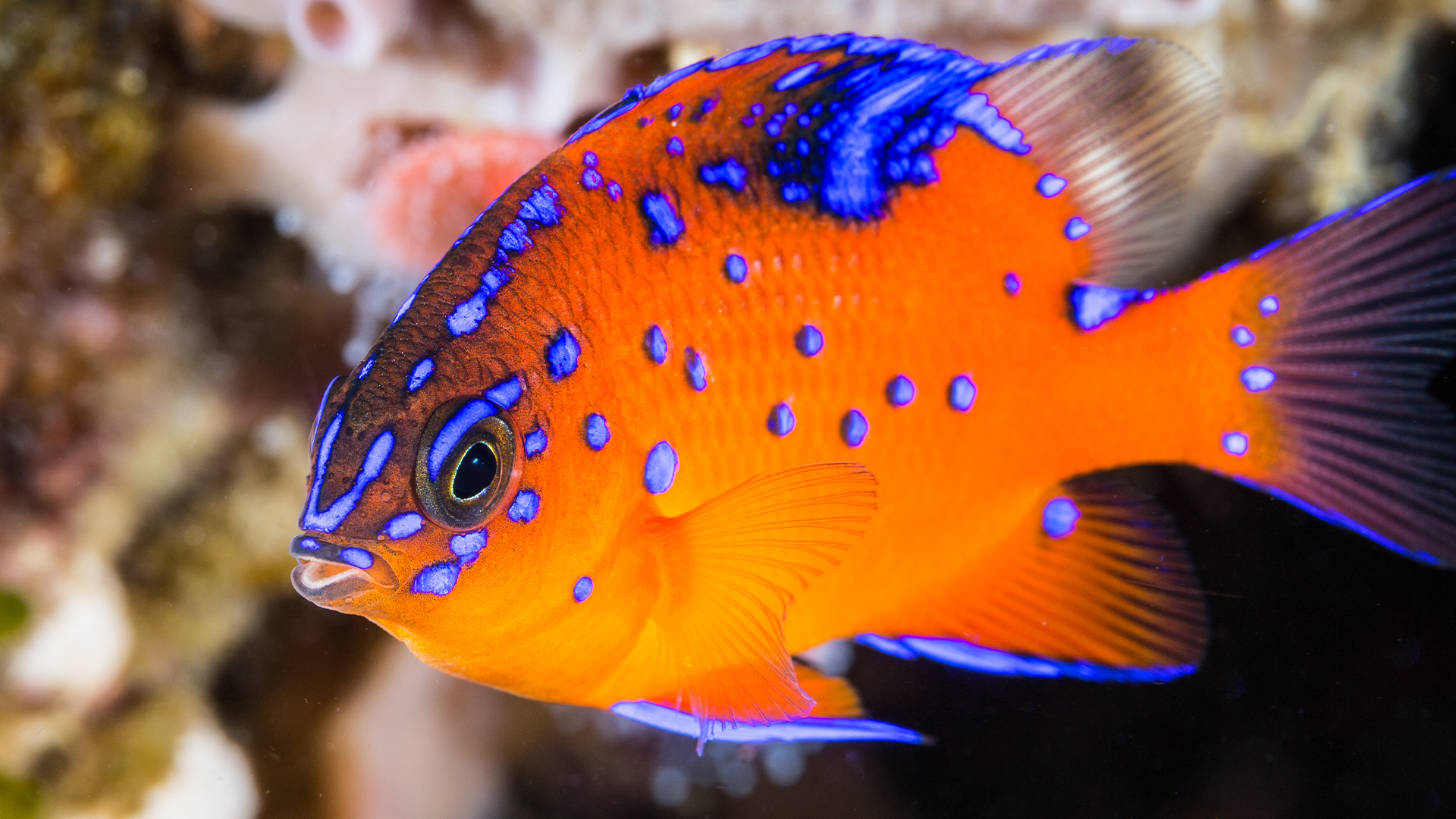
Gotanda noted that, in some cases, animals that rely on hiding to avoid predators when young eventually develop another evasion strategy. Deer, for example, hunker down as babies but become fast enough to outrun most predators as adults (although not every species sheds their spots). Similarly, ground-nesting birds, which often lay spotted eggs that hatch into spotted young, take to the sky. Tapirs, whose young are born with both spots and stripes, rely on darkness to stay out of sight and develop a different sort of camouflage that visually breaks up their body as they forage at night.
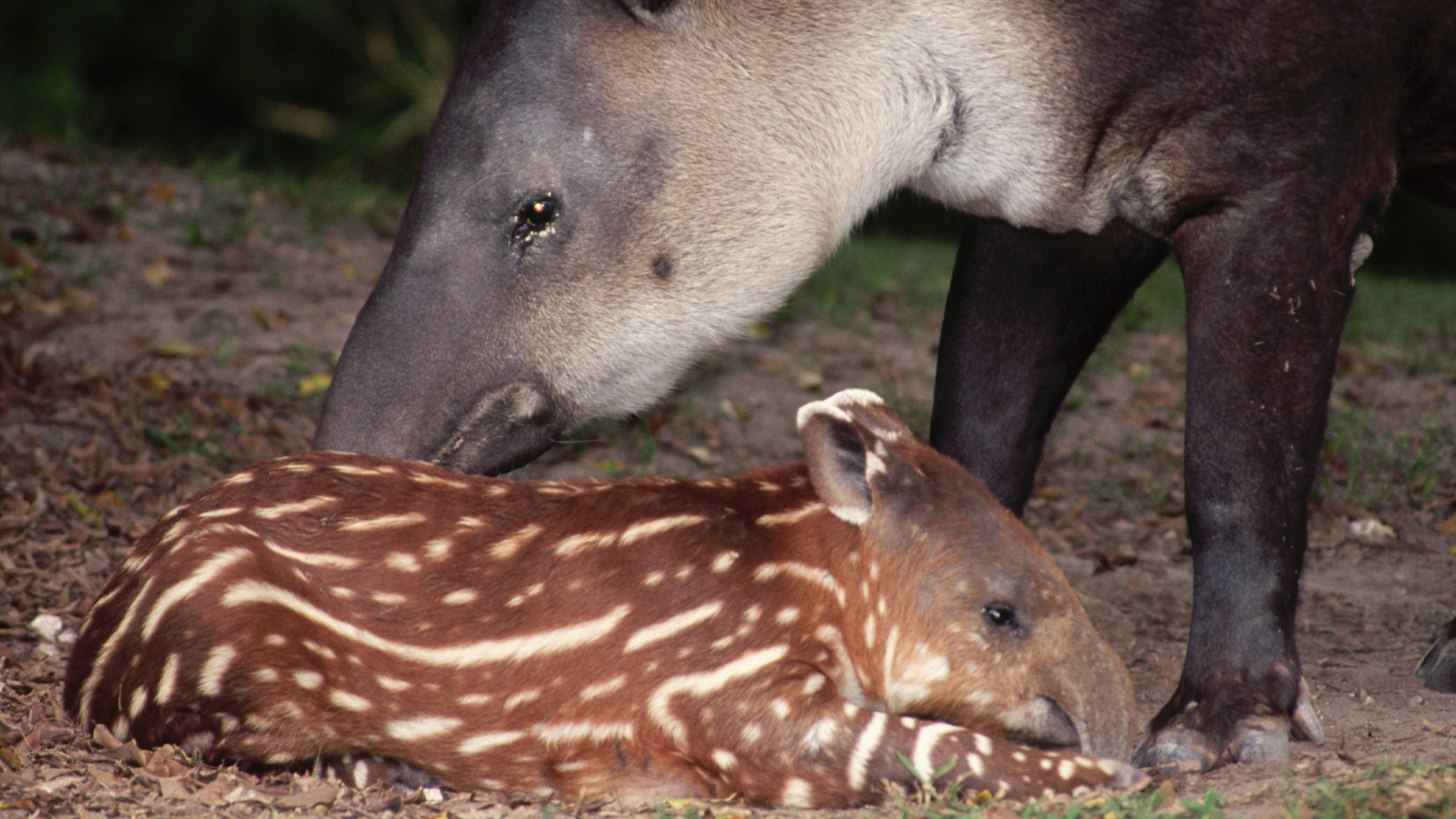
Other species may lose their spots as they age because their coloration goes on to serve another purpose. Lions are born with so many spots that researchers use their unique patterns to identify individuals, and yet the spots mostly fade away in adulthood. Males, in particular, trade their spots for voluminous manes, which are important indicators of health and fitness that help them attract a mate. Reproducing, rather than hiding, becomes the main focus, and their energy goes toward creating these elaborate sexual signals.
It's unclear why an animal like a cheetah would retain its spots throughout its life when a lion doesn’t, but Gotanda said it may come down to hunting strategy. Both cheetahs and lions are ambush predators. However, lions hunt in groups, while cheetahs tend to hunt alone and rely more heavily on the cloaking power of their spots to get near prey.
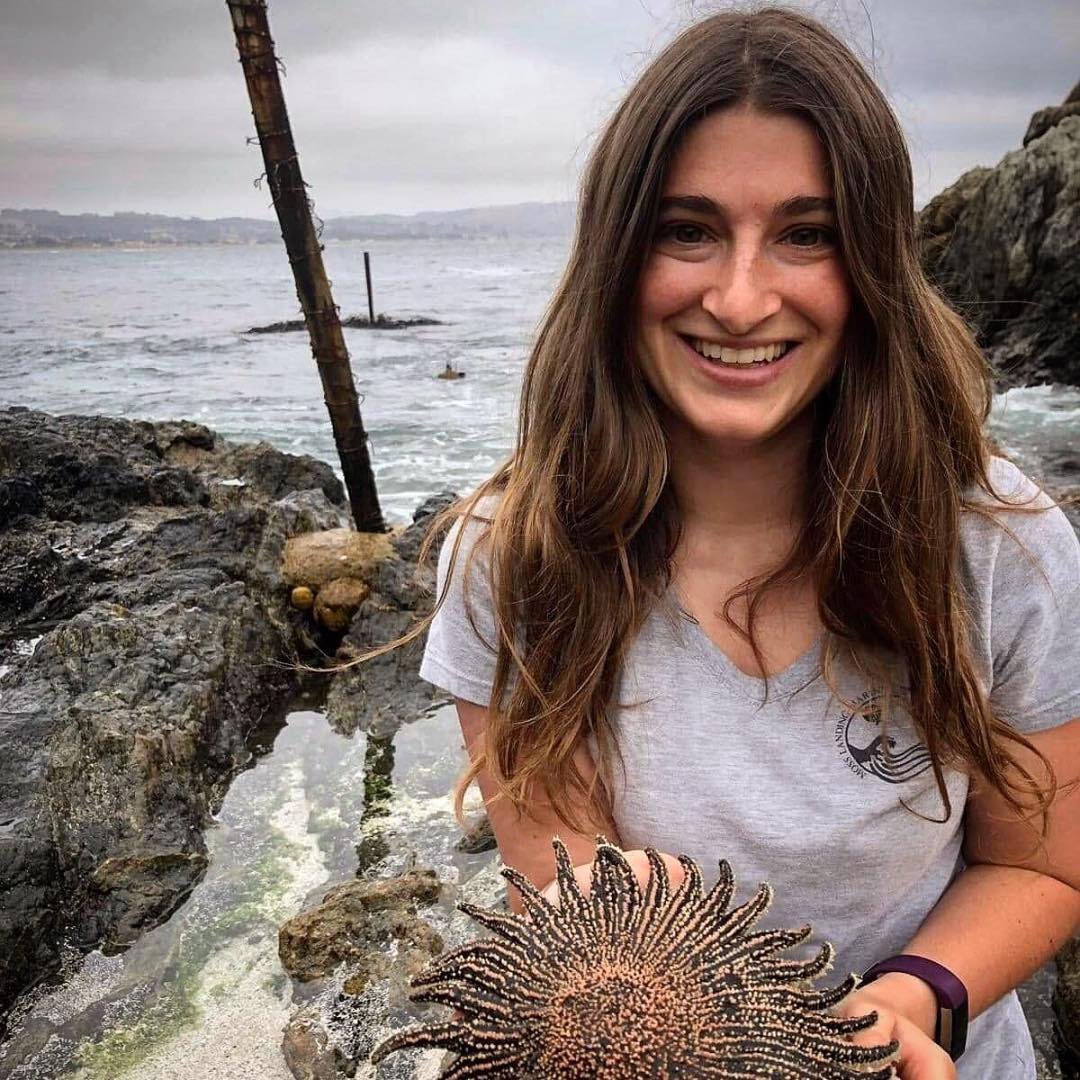
Amanda Heidt is a Utah-based freelance journalist and editor with an omnivorous appetite for anything science, from ecology and biotech to health and history. Her work has appeared in Nature, Science and National Geographic, among other publications, and she was previously an associate editor at The Scientist. Amanda currently serves on the board for the National Association of Science Writers and graduated from Moss Landing Marine Laboratories with a master's degree in marine science and from the University of California, Santa Cruz, with a master's degree in science communication.









